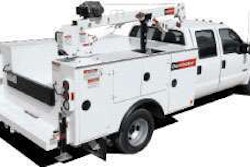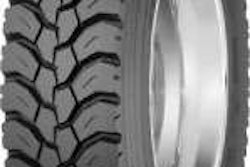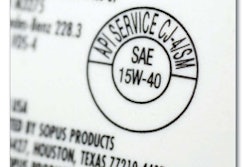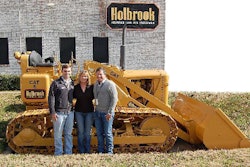Protect Yourself
Using personal protective equipment can save you from a variety of injuries
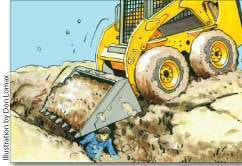
The bottom line: The worker was employed by a subcontractor who had signed a written contract with the general contractor that stipulated the sub would comply with all OSHA regs and specified that all workers wear hard hats. However, neither the victim nor the operator was wearing a hard hat. No representative of the GC was on site during the accident.
Although it is impossible to determine if personal protective equipment – including hard hats, safety vests and safety glasses – would have changed the outcome of this accident, hard hats have been shown to reduce the severity of injuries in a range of circumstances. Your employer will have a written policy on the use of PPE, and you should receive training on what items to use as part of your regular safety training program. Your employer is also required to have this equipment available for you, but it is your responsibility to use it properly and to understand the limit of the protection such equipment provides.
Head injuries – Using a hard hat will protect you from impact, penetration and some electrical injuries. If you have long hair, ensure it is covered and out of the way.
Foot/leg injuries – Foot guards and safety shoes will protect you from hazards such as sharp objects and hot surfaces, as well as helping you to maintain balance on wet surfaces.
Eye/face injuries – Goggles, helmets and shields will protect you from flying chips or fragments and from sparks, as well as keeping dust and dirt out of your eyes.
Respiratory injuries – When working in environments contaminated with vapors, fumes or gases, use a NIOSH-approved respirator. Make sure the unit fits properly and you have been trained on respirator use prior to work.
Hearing loss – Prolonged exposure to high noise levels can cause irreversible damage. Use earplugs made of a material that self-forms to the ear, such as foam, waxed cotton or fiberglass wool. Clean them regularly or replace with new earplugs.
Remember, PPE will not save you from every accident. Being aware of the hazards your current job presents and using a common sense approach is your best way to avoid injury.
Information for this Safety Watch was compiled from an accident report, the Center for Disease Control’s NIOSH Fatality Assessment and Control Evaluation Program and OSHA’s guideline on personal protective equipment. It is meant for general information only.

